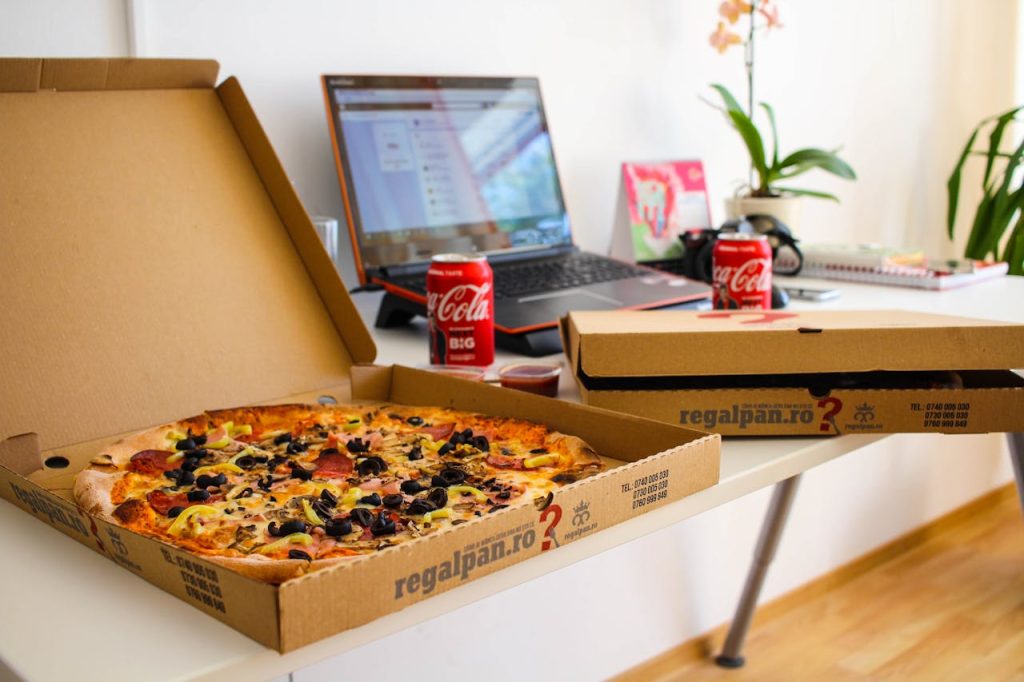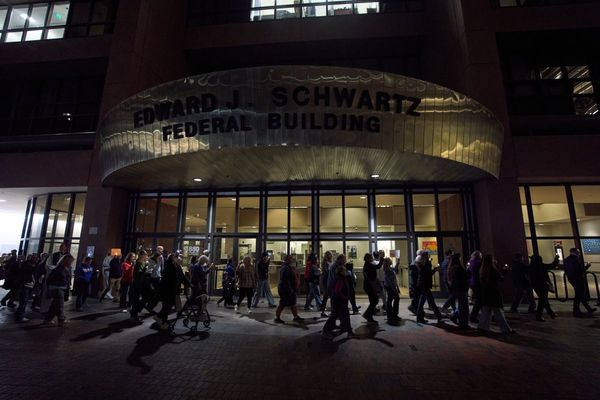
Ordering pizza through an app is a modern convenience many of us take for granted. With just a few taps, dinner arrives at your doorstep, and you barely have to leave the couch. But what if that same convenience is being used against you? In recent years, there’s been a rise in reports of burglars exploiting pizza delivery apps to gather information about homes and neighborhoods. This isn’t just a far-fetched urban legend—it’s a real risk that can affect anyone who orders food online. Understanding how these tactics work is crucial for protecting your home and your family. Here’s what you need to know about how burglars use pizza delivery apps to scope out homes, and what you can do to stay safe.
1. Gathering Addresses and Delivery Patterns
When you place an order through a pizza delivery app, you provide your full address, phone number, and sometimes even delivery instructions. While most delivery drivers are honest, some bad actors may use this information to identify which homes are occupied, which ones are frequently ordering late at night, and which addresses seem to be empty during certain hours. Burglars can use this data to create a map of potential targets, especially if they have access to delivery records or work for a delivery service themselves. This is why it’s important to be cautious about the information you share and to use reputable apps with strong privacy policies.
2. Scoping Out Neighborhoods Under the Guise of Delivery
Pizza delivery drivers are common in most neighborhoods, so it’s easy for someone to blend in while scoping out homes. Burglars may pose as delivery drivers, walking up to doors, peering through windows, and noting security features or lack thereof. They can observe which homes have security cameras, which ones have dogs, and which ones seem unprotected. This reconnaissance allows them to plan break-ins with minimal risk of being caught. If you notice someone lingering around your property or acting suspiciously, don’t hesitate to report it to your local authorities.
3. Identifying Vulnerable Entry Points
During a delivery, a person has a legitimate reason to approach your front door, porch, or even side entrances. This gives them a perfect opportunity to look for vulnerabilities—like unlocked gates, poorly lit areas, or windows left ajar. Some may even take note of whether you have a security system sign or visible cameras. If you regularly order food, make sure your entry points are secure and well-lit, and consider installing visible deterrents like motion-activated lights or security cameras.
4. Timing Break-Ins Based on Delivery Schedules
Burglars are observant. If they notice that you order pizza every Friday night at 7 p.m., they can assume you’ll be distracted or away from certain parts of your home during that time. Some may even use the delivery as a distraction, knocking on your door while an accomplice checks for unlocked doors or windows elsewhere. To avoid this, vary your delivery times and avoid establishing predictable routines. Always double-check that your doors and windows are locked before your food arrives.
5. Exploiting App Glitches and Data Breaches
Like any online service, pizza delivery apps are vulnerable to data breaches. Hackers can access customer databases, exposing addresses, phone numbers, and order histories. This information can be sold on the dark web or used directly by criminals to target homes. To protect yourself, use strong, unique passwords for your accounts and monitor your app settings for any unusual activity.
6. Social Engineering Through Delivery Interactions
Some burglars use social engineering tactics during deliveries to gather more information. They might ask seemingly innocent questions about your schedule, who else lives in the home, or when you’ll be home next. These questions can seem like friendly small talk, but they’re actually attempts to gather intel. Be cautious about sharing personal details with anyone who comes to your door, even if they seem trustworthy.
7. Using Fake Orders to Test Security
In some cases, burglars place fake pizza orders to see how homeowners respond. If you open the door without checking who’s there, or if you leave the door unlocked while waiting for your food, you could be making yourself an easy target. Always verify the identity of your delivery driver, and never open the door to someone you weren’t expecting. If something feels off, trust your instincts and keep your door closed.
Staying One Step Ahead: Smart Habits for Safe Deliveries
The convenience of pizza delivery apps shouldn’t come at the cost of your safety. By understanding how burglars use pizza delivery apps to scope out homes, you can take proactive steps to protect yourself. Secure your entry points, be mindful of the information you share, and stay alert to unusual activity in your neighborhood. Simple habits—like varying your delivery times, using reputable apps, and installing visible security measures—can make a big difference. Remember, your home’s security starts with awareness and vigilance.
How do you keep your home safe when ordering food online? Share your tips or experiences in the comments below!
Read More
The Definition of Irony (or Why You Should Know What You’re Doing)
Im Not An Expert On Everything
The post How Burglars Use Pizza Delivery Apps to Scope Out Homes appeared first on The Free Financial Advisor.







